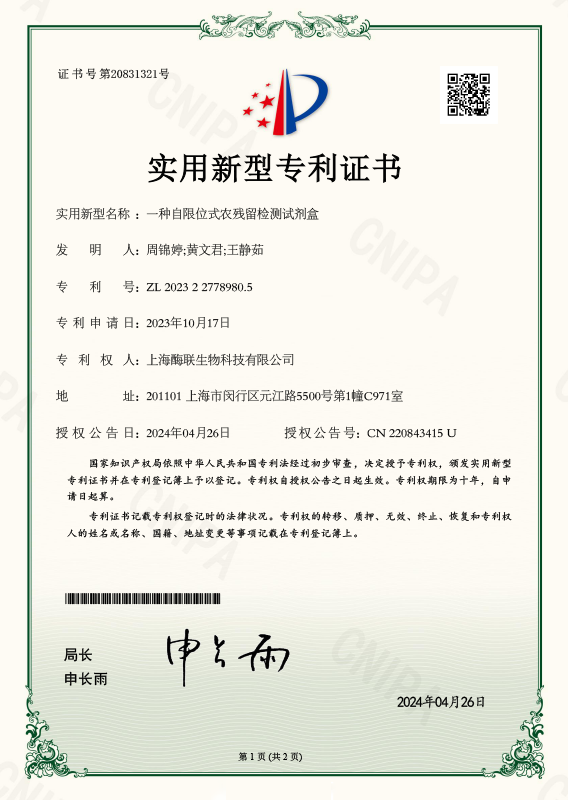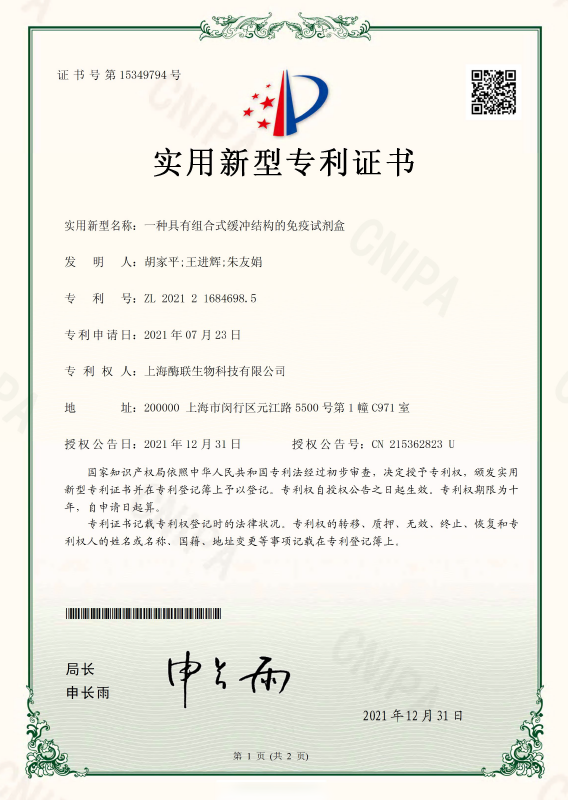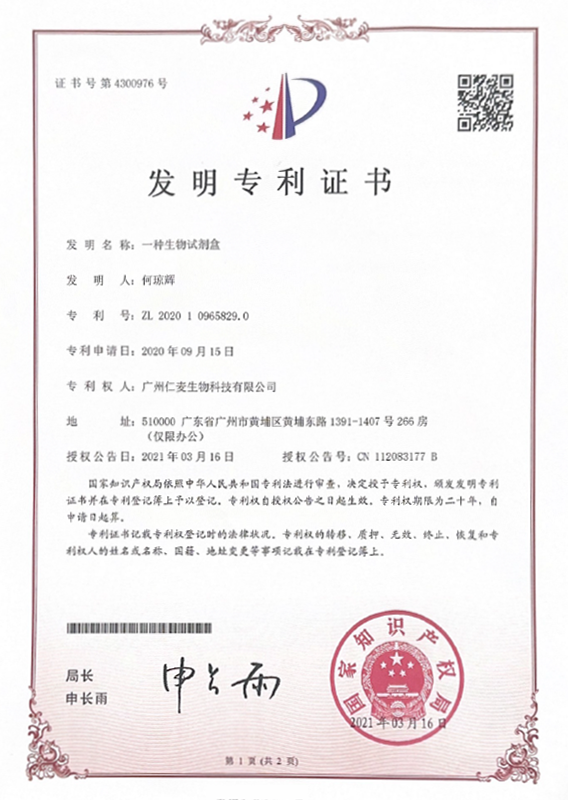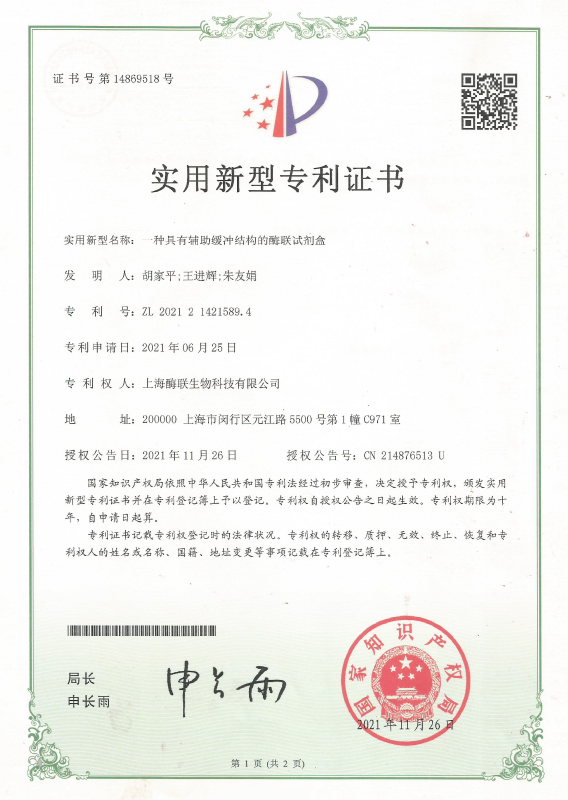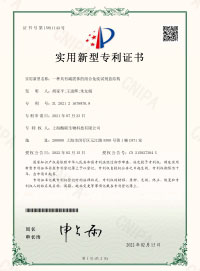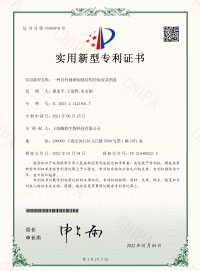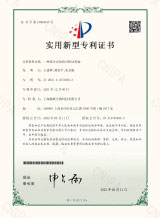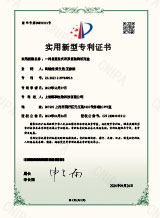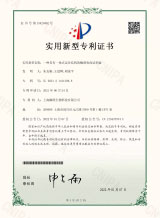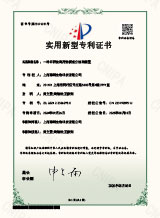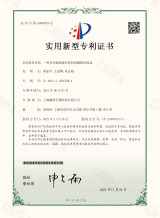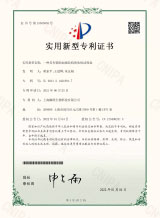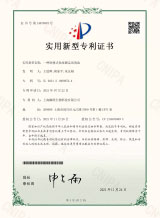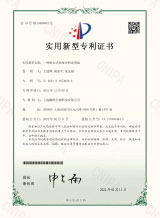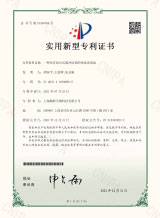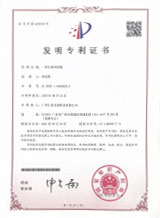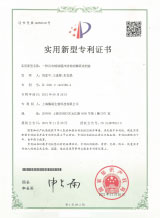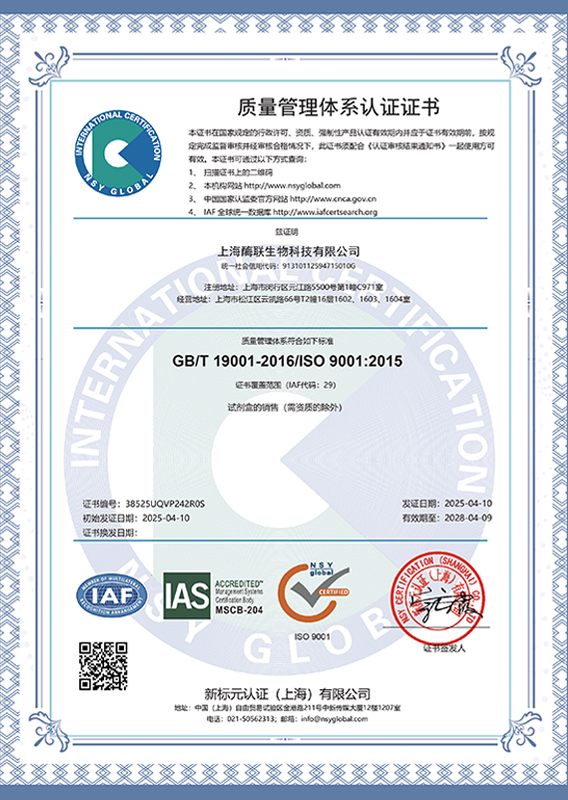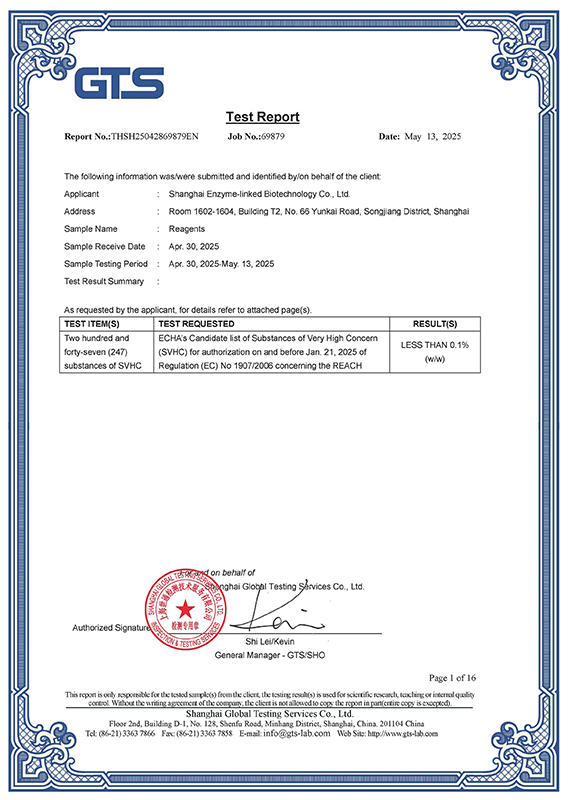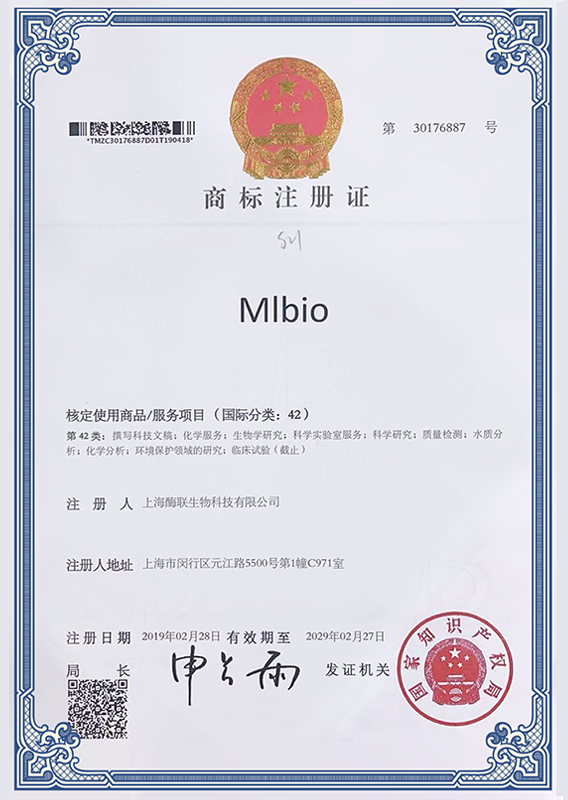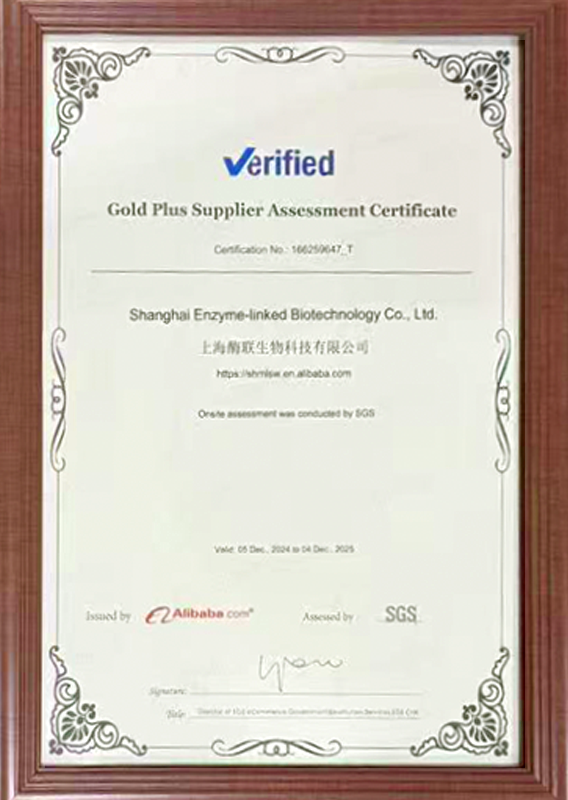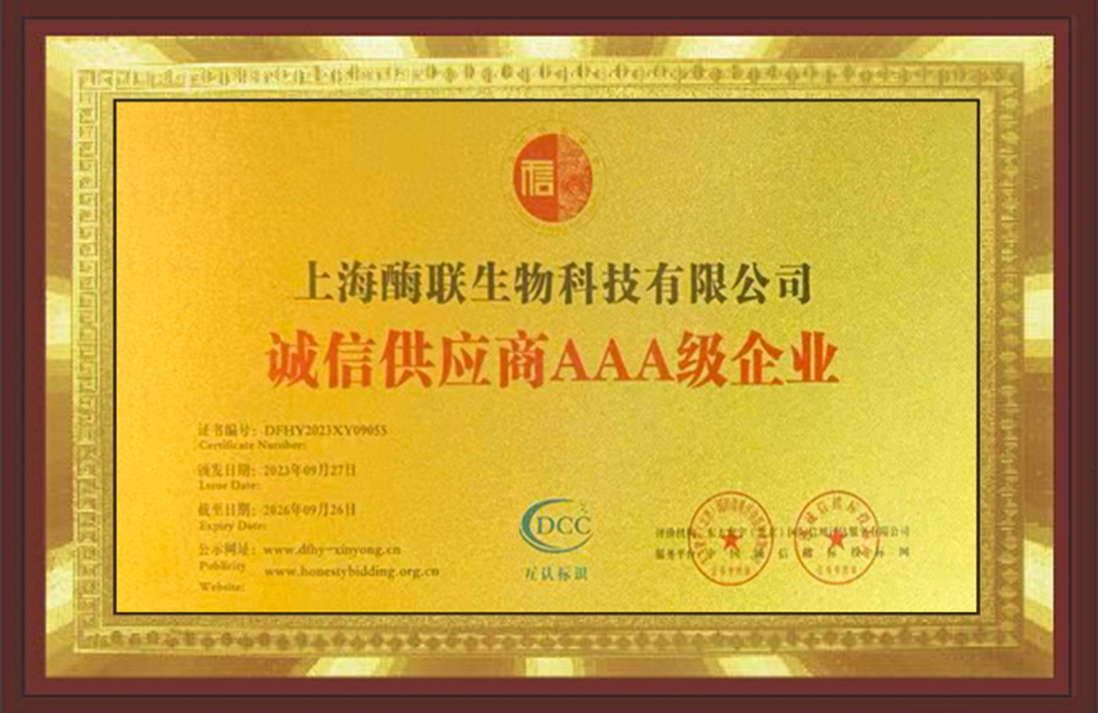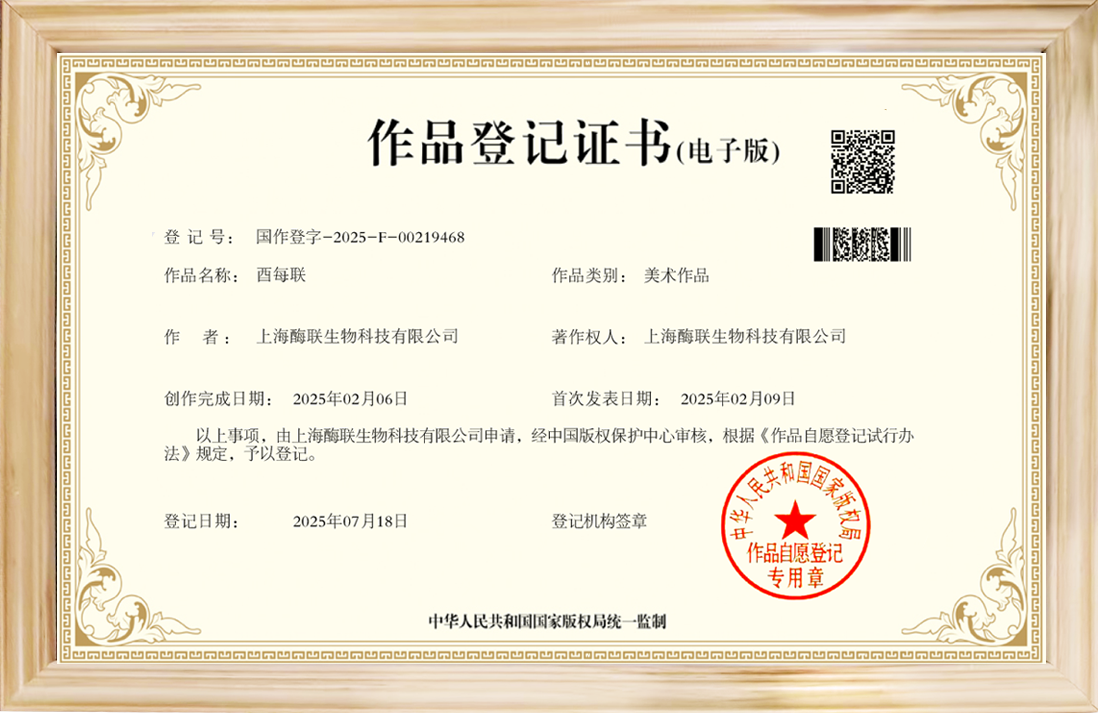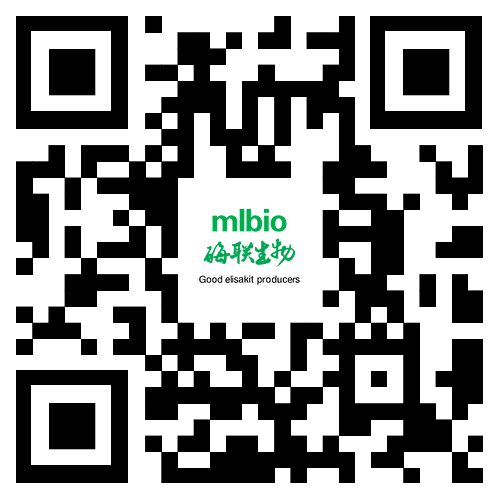ELISA 数据分析
<p> <span style="font-size: 12px;"> ELISA(酶联免疫吸附试验)是一种常用的生化分析技术,用于检测特定蛋白质或其他生物分子的存在和浓度。ELISA数据分析和结果解释是实验过程中至关重要的一步,可以帮助科研人员理解实验结果并得出科学结论。</span></p>
<div style="text-align: center;"><span style="font-size: 12px;"><img src="/images/upload/Image/微信图片_20250319112913.jpg" alt="elisa试剂盒" width="300" height="225" /><br />
</span></div>
<div><span style="font-size: 12px;"> 进行ELISA数据分析时,首先需要整理实验数据并进行统计分析。这包括记录每个样本的吸光度值,通常使用微孔板读数仪测量。接下来,需要对数据进行标准化,以确保不同实验之间的数据可比性。标准化方法包括设置对照组和数据标准化。</span></div>
<div><span style="font-size: 12px;"><br />
</span></div>
<div><span style="font-size: 12px;"> 一旦数据整理并标准化,就可以解释ELISA数据的结果了。通常,ELISA实验结果以吸光度值或浓度值的形式呈现。科研人员需要将这些数据与实验设计和假设进行比较,以验证实验结果的可靠性。同时,还需要对实验数据进行统计分析,以确定实验结果的显著性和可靠性。</span></div>
<div><span style="font-size: 12px;"><br />
</span></div>
<div><span style="font-size: 12px;"> 在ELISA数据分析和结果解释过程中,还需要考虑潜在的实验误差和偏倚。例如,操作技术的差异、实验条件的变化等因素都可能影响实验结果的准确性。因此,科研人员需要综合考虑实验过程中可能出现的误差,并在数据分析和结果解释中做出相应的修正。</span></div>
<div><span style="font-size: 12px;"><br />
</span></div>
<div><span style="font-size: 12px;"> 总而言之,ELISA数据分析与结果解读是一项复杂而重要的工作,需要科研人员具备扎实的实验技术和数据分析能力,以及对实验结果进行全面的思考和解读。只有通过科学严谨的数据分析与结果解读,才能得出可靠的实验结论,为科学科研和临床诊断提供有效的支持。</span></div>
<div><span style="font-size: 12px;"><br />
</span></div>
<div><span style="font-size: 12px;"> 以下是一些常见的ELISA数据分析步骤:</span></div>
<div><span style="font-size: 12px;"><br />
</span></div>
<div><span style="font-size: 12px;"> 1、标准曲线的绘制:</span></div>
<div><span style="font-size: 12px;"><br />
</span></div>
<div><span style="font-size: 12px;"> 使用已知浓度的标准溶液,制备一系列不同浓度的标准样品。</span></div>
<div><span style="font-size: 12px;"><br />
</span></div>
<div><span style="font-size: 12px;"> 对每个标准样品进行ELISA测量以获得吸光度(OD)值。</span></div>
<div><span style="font-size: 12px;"><br />
</span></div>
<div><span style="font-size: 12px;"> 根据标准曲线绘制标准浓度与OD值的关系。</span></div>
<div><span style="font-size: 12px;"><br />
</span></div>
<div><span style="font-size: 12px;"> 2、样品测定:</span></div>
<div><span style="font-size: 12px;"><br />
</span></div>
<div><span style="font-size: 12px;"> 对待测样本进行ELISA测定,得到吸光度值。</span></div>
<div><span style="font-size: 12px;"><br />
</span></div>
<div><span style="font-size: 12px;"> 3、计算浓度:</span></div>
<div><span style="font-size: 12px;"><br />
</span></div>
<div><span style="font-size: 12px;"> 利用标准曲线上的吸光度值与对应的标准浓度,通过插值或拟合的方法计算出待测样品中蛋白质的浓度。</span></div>
<div><span style="font-size: 12px;"><br />
</span></div>
<div><span style="font-size: 12px;"> 4、数据分析:</span></div>
<div><span style="font-size: 12px;"><br />
</span></div>
<div><span style="font-size: 12px;"> 对获得的浓度数据进行统计分析,如平均值、标准差等。</span></div>
<div><span style="font-size: 12px;"><br />
</span></div>
<div><span style="font-size: 12px;"> 统计软件可用于进一步分析,例如测试样本之间的差异。</span></div>
<div><span style="font-size: 12px;"><br />
</span></div>
<div><span style="font-size: 12px;"> 5、结果解释:</span></div>
<div><span style="font-size: 12px;"><br />
</span></div>
<div><span style="font-size: 12px;"> 根据实验目的和科研问题解释测量的蛋白质浓度数据。</span></div>
<div><span style="font-size: 12px;"><br />
</span></div>
<div><span style="font-size: 12px;"> 注意结果的可信度和置信区间,同时考虑实验误差和可变性。</span></div>
<div><span style="font-size: 12px;"><br />
</span></div>
<div><span style="font-size: 12px;"> 6、质量控制:</span></div>
<div><span style="font-size: 12px;"><br />
</span></div>
<div><span style="font-size: 12px;"> 将质量控制样品引入实验中,以监测实验的准确性和可重复性。</span></div>
<div><span style="font-size: 12px;"><br />
</span></div>
<div><span style="font-size: 12px;"> 检查标准曲线的拟合度及样品的回收率,保证实验结果的可靠性。</span></div>
<div><span style="font-size: 12px;"><br />
</span></div>
<div><span style="font-size: 12px;"> 7、报告结果:</span></div>
<div><span style="font-size: 12px;"><br />
</span></div>
<div><span style="font-size: 12px;"> 根据实验目的和要求,撰写实验报告,包括实验设计、方法、结果、讨论和结论。</span></div>
<div><span style="font-size: 12px;"><br />
</span></div>
<div><span style="font-size: 12px;"> 准确可靠的ELISA数据分析和结果解读,对于从实验数据中得出有效结论至关重要。这篇文章详细介绍了ELISA数据分析和结果解释的关键步骤,包括数据整理、标准化、结果解释、误差分析以及质量控制。从标准曲线的绘制到最终报告的撰写,每一个环节都对实验结果的准确性和可靠性有着重要影响。掌握这些步骤,并结合统计软件和专业的实验技能,科研人员才能充分利用ELISA这一强大的工具,在科学研究和临床诊断中取得更有价值的成果,最终推动生命科学和医学的进步。</span></div>
<p> </p>


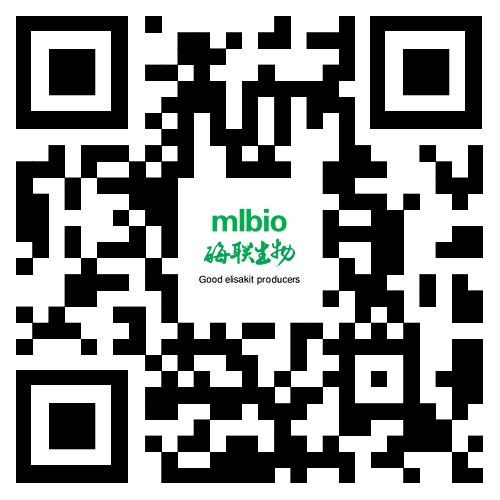 酶联官方手机二维码
酶联官方手机二维码